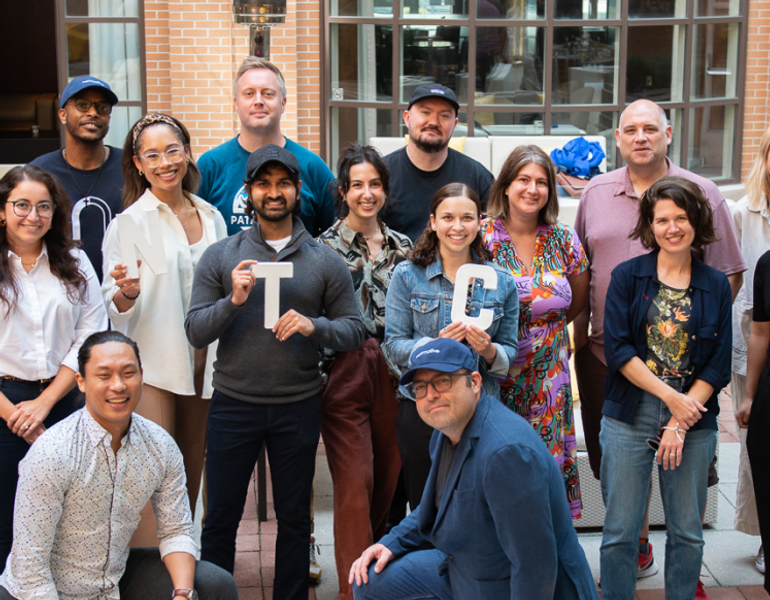Three Ways To Gain a Deeper Understanding of Your Customer
One of the reasons innovations fail in the marketplace is that they are often the result of companies falling in love with their own ideas without a true understanding of what a customer actually wants or needs. If, as Peter Drucker famously said, the purpose of a business is to create a customer, then it stands to reason that good business requires a deep understanding of that customer.
That requires an investment in research. But when we advocate for that, we often hear things like “we already know what the problem is” or “we know our customer well enough”, or “what are we going to get out of it?”
These are assumptions based on their proximity to customers and being in the problem space. Research can help provide an outside perspective to help clients learn things about their company and customers that are difficult to see from within. If we dig a little deeper, we find that:
• Organizations overestimate how much they know about their customers. Assumptions are often made on the basis of stale data and unconscious bias in an effort to achieve speed to market.
• Customer behaviour is complex and often changes in response to circumstances. Sometimes customer behaviour changes a market faster than companies can adapt to it; other times the company has a clear, valuable offering for the market, but the customers aren’t ready to buy that new offering; at all times, context is a key determinant of behavioural change.
• Problems are layered and messy, and it’s easy to mistake the symptom for the cause. The temptation is to stop at the surface and not dig deep to uncover the root causes and hidden dimensions that can lead to break-out market opportunities.
To overcome these roadblocks, try the following:
Explore research approaches that account for both people and context
You can’t understand individual actors without considering the ecosystems in which they operate. Focus groups miss this because they interface with customers in artificial isolation from the reality of lived experience. Usability testing misses it because it’s narrowly focused on users and product usage, not the circumstances that would make a customer want or need to use it. While both these research methods have their place, there are things you need to know about your customer in addition to what your UX research provides. For a deeper understanding, consider the following research methods:
- Ecosystem and Journey Mapping
- Observational Ethnography
- Concept Co-Creation
- Netnography and social listening
- Customer-Influencer-Investor-User Profiles
- Value Proposition Mapping
- Concept & Price Testing
Approach complexity with cognitive diversity and a bias for collaboration
Cross-disciplinary teams can help you gain insights about your customers that are harder to see when you’re operating within a single mindset. As companies grow, their teams tend to become siloed and biased by the knowledge domains that define their functional areas. Everyone within the silo solves problems from the same perspective and that limits the possibility of breakthrough thinking.
In our practice, on the other hand, the boundaries between skill sets and disciplines are more fluid. When we invite designers, developers and strategists to collaborate in workshops and insight generation, the diversity of perspectives and creative collisions lead to innovative ideas. Complexity is more effectively met by cognitive diversity, especially when business objectives require solutioning for multiple stakeholders and customers.
Identify the underlying problem and save time and money in the long run
Companies often mistake the surface symptoms for the actual problem. When we create solutions for symptoms, we’re failing to invest in long-term success because we are ignoring the underlying cause. Addressing the underlying cause can lead to more substantive and sustainable solutions in the long run.
Messy problems are fraught with ambiguities and unknowns. We help clients work through that in search of evidence that leads to better business decisions - and more relevant products and services. The struggle for deeper understanding of both customer and context leads to innovation that is not only evidence-based but more likely to succeed.




